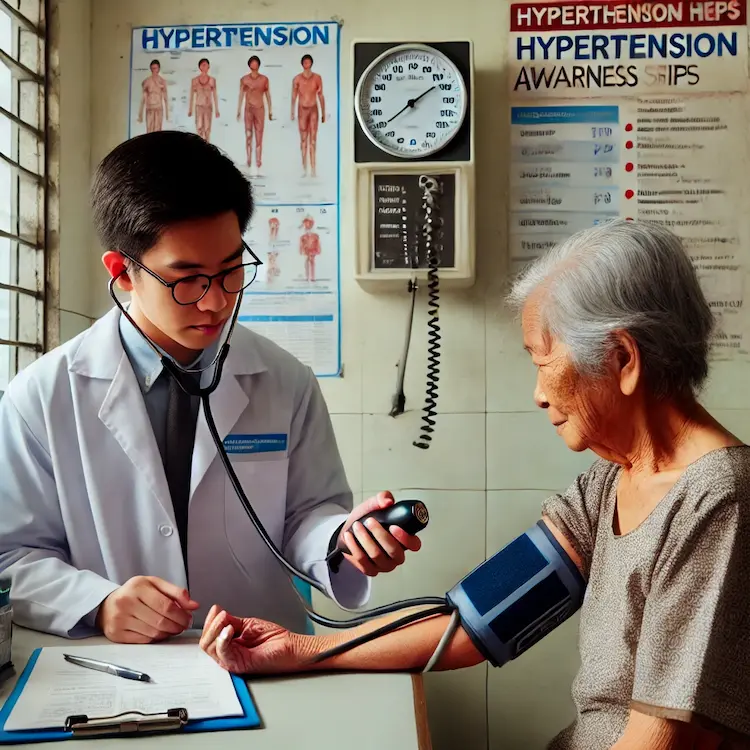As we age, maintaining optimal health becomes a priority, and monitoring blood pressure is a crucial aspect of this process. Hypertension is a silent but significant risk factor for cardiovascular diseases, stroke, and kidney failure. Regular blood pressure monitoring helps detect abnormalities early, enabling timely medical intervention. In the Philippines, where cardiovascular diseases are among the leading causes of mortality, awareness and proper monitoring techniques are vital for Sphyg and Healthy Aging.
This article explores the importance of blood pressure monitoring for healthy aging, the best methods and tools available, and how Filipinos can integrate these practices into their daily lives to improve overall well-being.
Blood pressure naturally fluctuates with age due to changes in blood vessels, lifestyle factors, and overall health. However, prolonged high blood pressure (hypertension) increases the risk of serious health issues.
According to the Philippine Heart Association, one in four Filipino adults has hypertension, and many remain undiagnosed. Factors like high sodium intake, a sedentary lifestyle, and genetic predisposition contribute to this public health issue. Regular monitoring is a simple yet effective strategy to combat this growing problem.
There are multiple ways to monitor blood pressure, each with its own benefits and limitations.

| Method | Accuracy | Ease of Use | Best For | Limitations |
|---|---|---|---|---|
| Mercury Sphygmomanometer | Very High | Difficult | Hospitals, Clinics | Requires training |
| Digital BP Monitor | Moderate | Easy | Home use, Seniors | Needs calibration |
| Ambulatory BP Monitor | High | Moderate | Comprehensive tracking | Expensive |
| Smart Wearables | Low-Moderate | Very Easy | Lifestyle tracking | Not clinically accurate |
To ensure accurate readings and effective monitoring, follow these guidelines:

Hypertension-related diseases place a significant burden on the Philippines’ healthcare system. The economic impact includes:
By encouraging widespread blood pressure monitoring and awareness, the country can reduce long-term healthcare costs and improve overall public health.
Monitoring blood pressure is essential for healthy aging, particularly in a country like the Philippines, where hypertension is a leading health concern. By adopting proper monitoring techniques, using accurate devices, and making lifestyle adjustments, individuals can prevent serious health complications and enhance their quality of life. Encouraging a culture of proactive health monitoring will benefit not only individuals but also the broader healthcare system and economy.
Hypertension is a major health risk, especially for aging individuals.
Regular blood pressure monitoring helps with early detection and prevention.
Multiple monitoring methods exist, including manual, digital, and wearable devices.
Proper lifestyle adjustments and medical guidance are crucial for managing blood pressure.
Encouraging nationwide monitoring can improve public health and reduce healthcare costs.
Invest in a reliable digital blood pressure monitor for home use.
Create a habit of tracking blood pressure daily and maintaining a log.
Adopt a low-sodium diet and engage in at least 30 minutes of exercise daily.
Encourage family members, especially seniors, to monitor their blood pressure.
Seek medical advice promptly if experiencing high or fluctuating blood pressure readings.